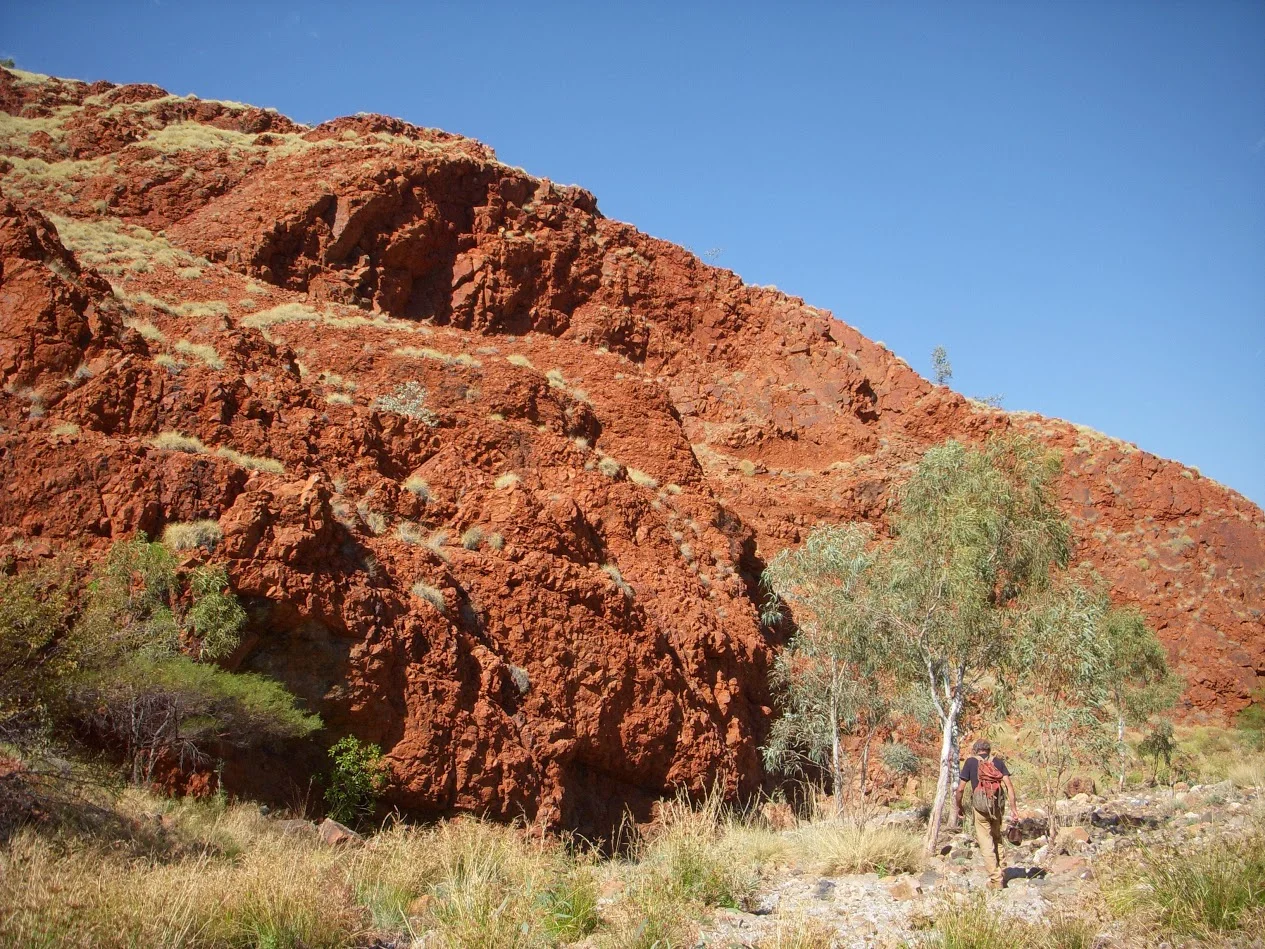GEORGETOWN PROJECT, QUEEENSLAND, AUSTRALIA
Rugby has been granted three exploration permits totalling 849 square kilometres (“km2”) covering extensive gold occurrences in the Georgetown region in North Queensland, Australia. The three exploration permits form Rugby’s new Georgetown Project and exploration will commence in 2021 subject to Covid conditions.
Figure 1: Georgetown Project Location
Figure 1: Georgetown Project Location
The region has had a long history of mining, particularly for gold, with over 1,000 mines, prospects and mineral occurrences identified within the district. This includes the Kidston mine located approximately 90 kilometers to the south east. Kidston operated from 1985 to 2001 and was one of Australia’s largest historical gold producers producing 5.1 million ounces (145 tonnes) of gold*.
The Georgetown region lies in the Proterozoic Etheridge Province of the North Australian Craton. Plutonic, intrusion-related and epithermal styles of mineralization have been identified in the region (Figure 2).
Figure 2: Georgetown Regional Geology
Georgetown:
The Georgetown permit contains numerous gold mines which mostly operated from circa 1880 to 1900. Significant historical bullion production was recorded from 18 mines located along the Delaney Fault (Figure 2). The largest producers* include the following mines:
Fiery Creek
The Fiery Creek permit, covering an area of 325 km2 is targeting epithermal style gold mineralization and intrusive hosted copper-molybdenum deposits. The area hosts several known gold and copper occurrences with the most significant being the Yataga copper prospect associated with a large aeromagnetic anomaly (Figure 3).
Figure 3 Fiery Creek aeromagnetics (RTP)
Perpendicular Peak
The Perpendicular Peak permit covering an area of 325 km2 is targeting high-grade silver and gold at the Snake Creek and Munitions Creek prospects (Figure 2).
Snake Creek
Silver-lead mineralization at Snake Creek is associated with a shear zone in rhyodacite of the Croydon Volcanics. The old workings comprise trenches and a 14 metre (“m”) deep shaft sunk below the zone of oxidation into sulphide mineralization. The old workings remain undrilled and will be the focus of Rugby’s initial exploration program. Sampling of the workings by Pickands Mather in 1971 recorded 1.8m of 9oz silver (Ag) and 18.6% lead (Pb). Later rockchip sampling by Battle Mountain (1988) recorded assays of:
852g/t Ag and 21.4% Pb
794g/t Ag and 22.0% Pb
Approximately 250m to the southwest of these samples other significant results include:
950g/t Ag and 13.7% Pb
640g/t Ag and 14.0% Pb
1,030g/t Ag and 18.6% Pb
471g/t Ag and 21.4% Pb
No significant gold assays were recorded - all results were <0.01g/t Au.
Munitions Creek
Approximately 10 km north of Snake Creek, Battle Mountain defined a 100m x 2m wide quartz vein swarm with gold values ranging from <0.01g/t to 22.5g/t. In 2006, Diatreme Resources conducted a shallow reverse circulation drilling program comprising 11 holes for 779m, with most holes intersecting low grade gold mineralization.
Exploration Program
Rugby plans to follow-up the historical gold mines located along a north-south structure in the centre of the Georgetown tenement and an alteration zone in the northwest (identified by processed Landsat imagery). This program will commence in 2021.
Rugby’s other exploration targets include epithermal style gold mineralization and intrusive hosted copper-molybdenum deposits at Fiery Creek and the high-grade silver and gold targets at Snake Creek and Munitions Creek.
Certain information contained herein can be considered forward Looking. Please click here to review the Company's cautionary statement for investors. Paul Joyce, the Company’s COO, Director and a “qualified person” within the definition of that term in NI 43-101, has supervised the preparation of the technical information contained on this webpage.





